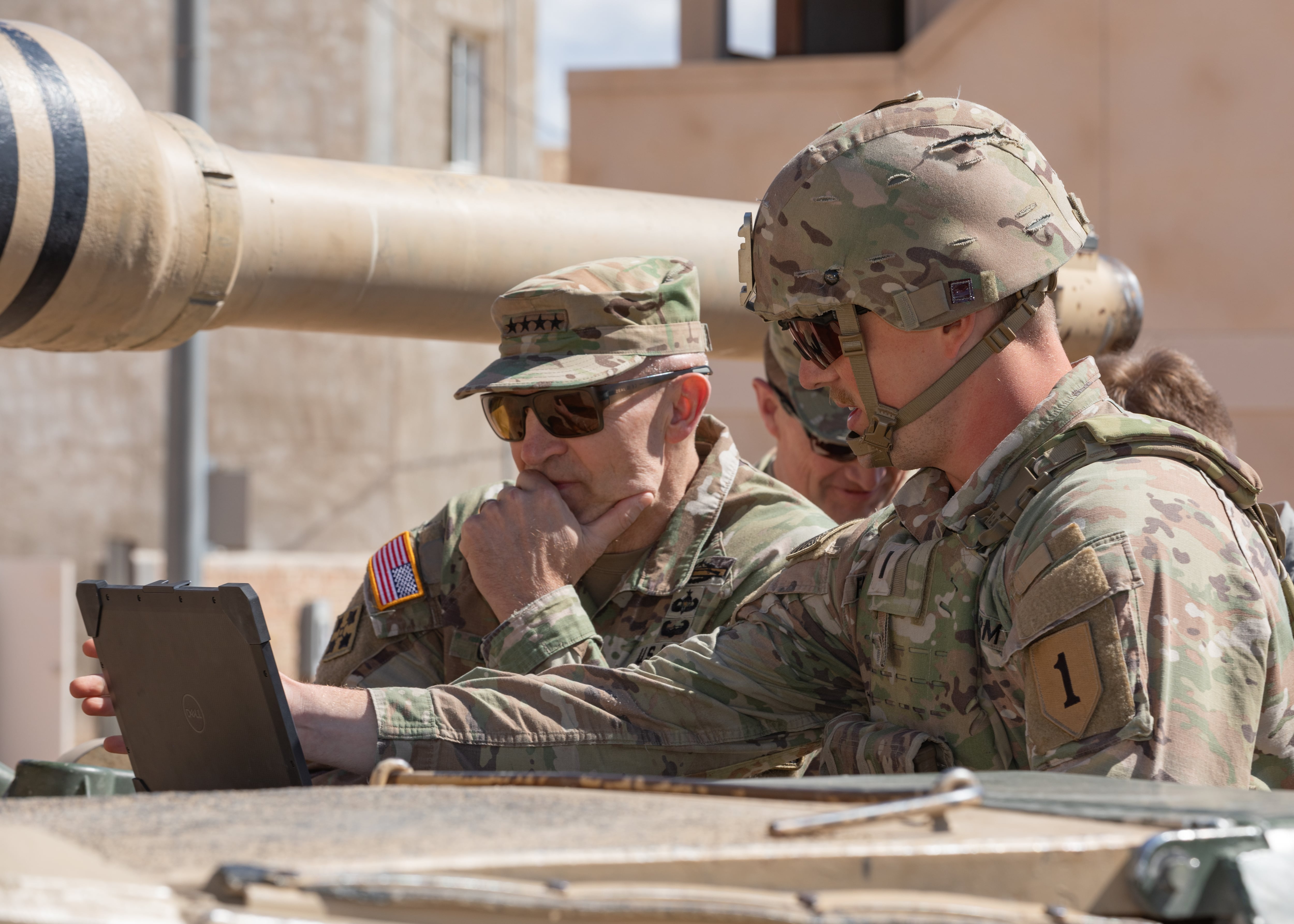The Pentagon’s Chief Data and AI Office has launched a new series of experiments focused on improving data integration to allow operators to take better advantage of new command-and-control capabilities.
The office runs a regular experimentation event every 90 days called the Global Information Dominance Experiment, or GIDE, which is focused on taking capabilities designed to connect forces across domains and test them in an operational context. The events have been credited for helping the Defense Department turn a long-abstract concept called Combined Joint All-Domain Command and Control into capabilities the military is now using in the field.
Now, the Chief Data and AI Office, or CDAO, is spinning off a new string of more focused exercises called GIDE X that aim to tackle the integration issues that can keep operators from leveraging the capabilities that come from a larger GIDE event, according to Lindsey Sheppard, director of the office’s Advanced Command and Control Accelerator.
Sheppard said that while larger GIDEs function more as operational test demonstrations, the smaller events explore how the team can get after more discrete technical or systems integration issues that need to be resolved before conducting the larger experiments.
That could involve integrating a sensor’s data feeds or creating a path to pull readiness data from a platform, she said during a Hudson Institute event Monday in Washington, D.C.
“If I kind of map out those smaller integrations that have to occur between the larger GIDE, I can then use the GIDE to really focus on, ‘How do I get the leave-behind capability for the users,’” Sheppard said.
When CDAO started running GIDE exercises a few years ago, she said, it was “a big surprise” to the Defense Department, which has traditionally focused on delivering complex new systems that take years to develop, rather than providing regular capability updates on shorter timelines.
Now, operators get a batch of system improvements after every 90-day GIDE. They also are involved in the process for testing the updates on the same live networks they use on a regular basis — a factor that Sheppard said is key to sending out capability that works in the field.
“By operating on live networks, on live data, we ensure that capability will stay behind with the users,” she said.
Courtney Albon is C4ISRNET’s space and emerging technology reporter. She has covered the U.S. military since 2012, with a focus on the Air Force and Space Force. She has reported on some of the Defense Department’s most significant acquisition, budget and policy challenges.







